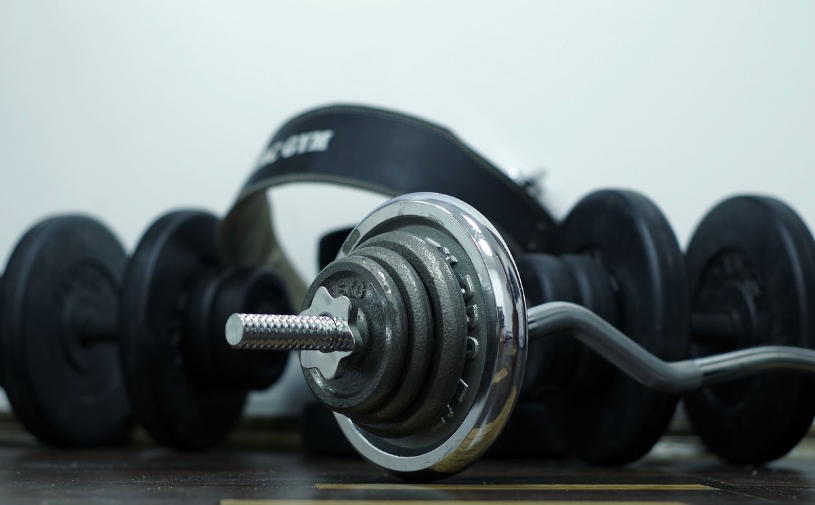High-Intensity Interval Training (HIIT) has revolutionized the fitness industry, offering a powerful and time-efficient approach to achieving optimal results. In this article, we delve deep into the science behind HIIT, its myriad benefits, key principles for effective implementation, sample workouts, safety precautions, and much more. Let’s embark on a journey towards a fitter, stronger you with HIIT.
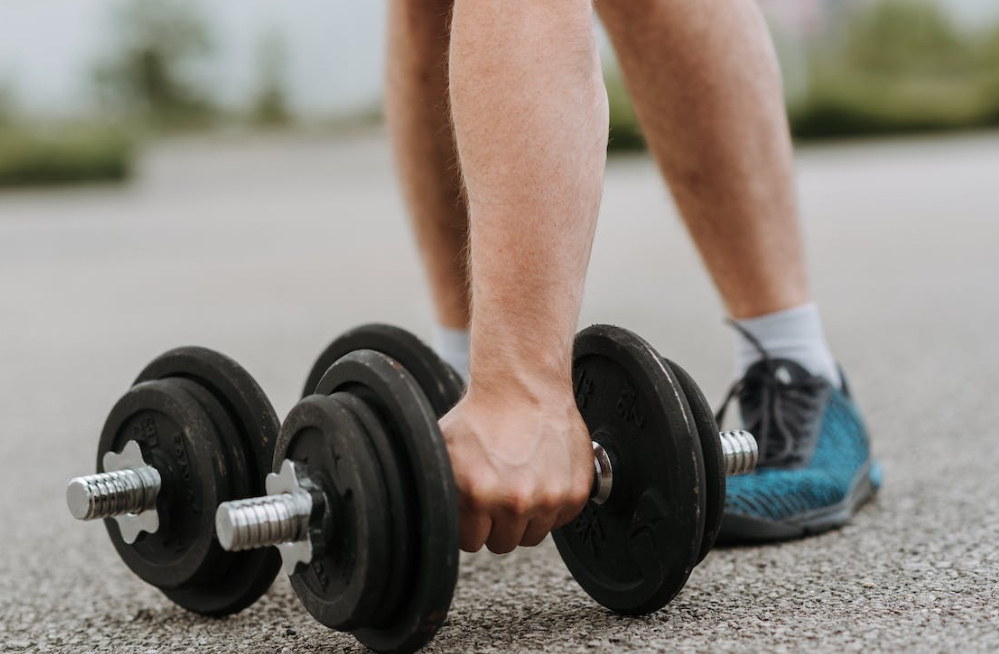
The Science Behind HIIT
Aerobic vs. Anaerobic Exercises
Understanding the distinction between aerobic and anaerobic exercises forms the foundation of comprehending the effectiveness of HIIT. While aerobic exercises rely on oxygen for energy production over an extended period, anaerobic exercises involve short bursts of intense activity where the body resorts to alternate energy pathways.
HIIT’s Impact on Metabolism and Calorie Burn
HIIT has been shown to elevate the body’s post-exercise oxygen consumption (EPOC), commonly referred to as the “afterburn” effect. This means that even after the workout is completed, the body continues to burn calories at an elevated rate, contributing significantly to overall fat loss.
Improving Cardiovascular Health
HIIT not only challenges the cardiovascular system but also enhances its capacity. By pushing the heart rate to its limits during high-intensity intervals, the heart becomes more efficient at pumping blood, leading to improved overall cardiovascular health.
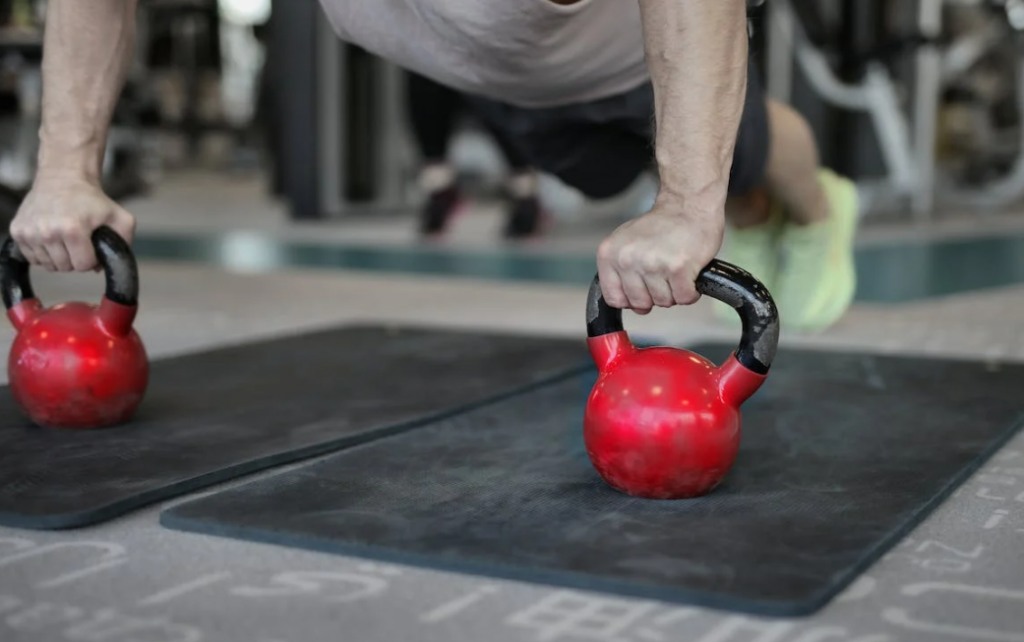
Benefits of HIIT
Efficient Use of Time
In a world where time is a precious commodity, HIIT shines as a workout option that delivers maximum results in minimal time. With sessions as short as 20-30 minutes, it’s possible to achieve substantial improvements in fitness levels and body composition.
Increased Fat Loss and Muscle Retention
HIIT prioritizes fat loss while preserving lean muscle mass. This is a crucial distinction from traditional steady-state cardio, which can lead to muscle breakdown over time.
Improved Cardiovascular Fitness
The combination of high-intensity intervals and active recovery phases challenges the heart to adapt and become more efficient. Over time, this translates to increased cardiovascular endurance, allowing individuals to engage in more prolonged, intense activities.
Enhanced Insulin Sensitivity
HIIT has shown promise in improving insulin sensitivity, a critical factor in preventing and managing metabolic disorders like diabetes. This is due to the body’s increased ability to efficiently utilize glucose for energy.
Key Principles of Effective HIIT
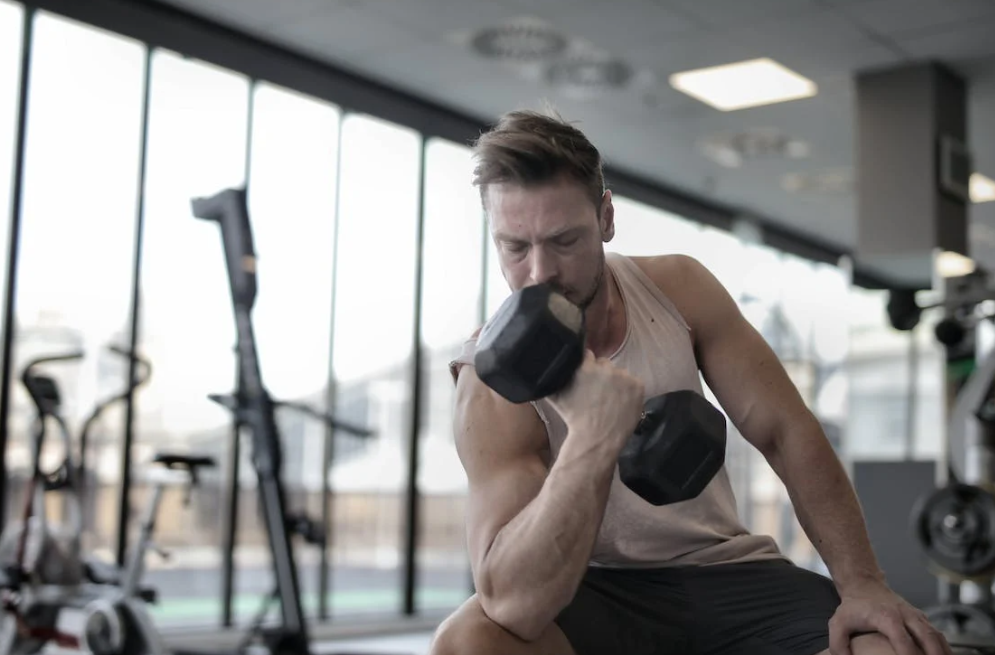
Intensity and Duration Considerations
The intensity of HIIT sessions is paramount. Striking the right balance between work and rest intervals ensures that the body is pushed to its limits, maximizing benefits without risking burnout or injury.
Proper Warm-up and Cooldown Techniques
Never underestimate the importance of a thorough warm-up and cooldown. These components are essential in preparing the body for intense activity and aiding in recovery post-workout.
Variety in Exercises and Intervals
Maintaining a diverse range of exercises and interval patterns prevents the body from plateauing. This not only keeps workouts engaging but also challenges different muscle groups for balanced development.
Progression and Adaptation
As with any form of exercise, progression is key. Regularly increasing the intensity or complexity of HIIT workouts ensures that the body continues to adapt and improve over time.
Sample HIIT Workouts
Tabata Protocol
The Tabata protocol is a classic HIIT format involving 20 seconds of all-out effort followed by 10 seconds of rest. This pattern is repeated for a total of four minutes, providing an intense but time-efficient workout.
Pyramid Intervals
Pyramid intervals involve gradually increasing and then decreasing the intensity of intervals. For example, starting with 30 seconds of high-intensity exercise, followed by 30 seconds of rest, and then progressing to 45 seconds of each before reversing the pattern.
AMRAP (As Many Rounds As Possible)
In this format, participants aim to complete as many rounds of a set of exercises as possible within a specified time frame. This encourages pushing limits and maximizing effort.
Fartlek Training
Fartlek, a Swedish term for “speed play,” involves varying the intensity and pace of exercise spontaneously. It combines periods of high-intensity effort with more relaxed recovery phases.
Safety and Precautions
Consulting a Healthcare Provider
Before embarking on any HIIT program, it’s crucial to consult with a healthcare provider, especially for individuals with pre-existing medical conditions or those new to intense exercise.
Proper Form and Technique
Maintaining proper form during HIIT exercises is essential in preventing injuries. Focusing on quality over quantity ensures that the body benefits without unnecessary strain.
Listening to Your Body’s Signals
Being attuned to your body’s signals is crucial in HIIT. Pushing through pain or discomfort can lead to injuries, so it’s essential to know when to dial back the intensity.
Avoiding Overtraining
While HIIT is highly effective, overdoing it can lead to burnout and increased risk of injury. Rest days and active recovery should be integrated into the routine for balanced progress.
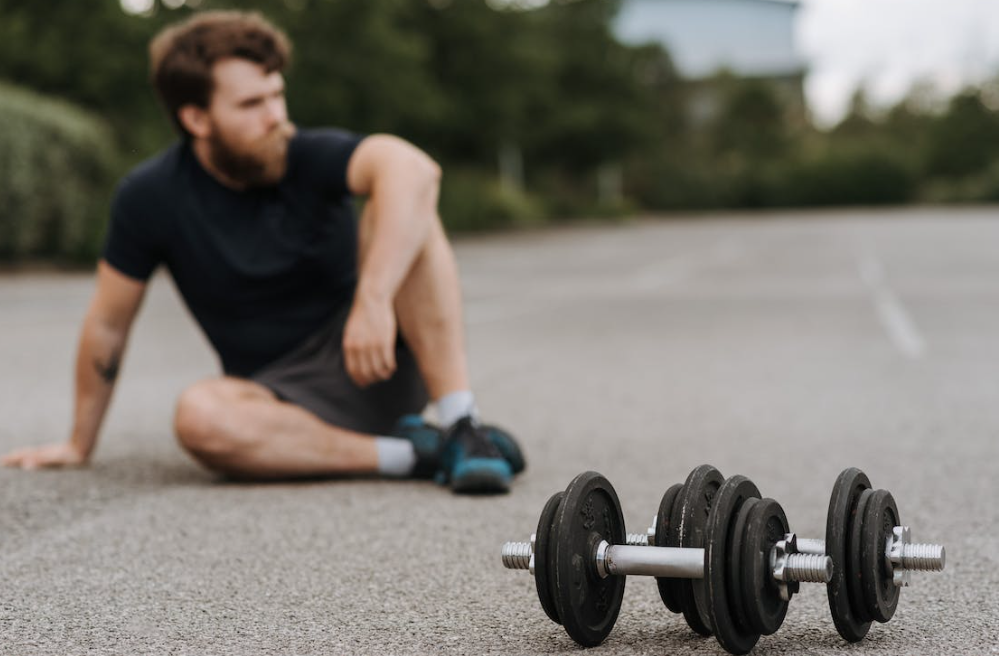
Equipment and Space Requirements
Minimal Equipment Options
HIIT can be adapted to different settings. While some workouts may incorporate minimal equipment like dumbbells or resistance bands, many effective HIIT routines rely solely on bodyweight exercises.
Utilizing Bodyweight Exercises
Bodyweight exercises are a cornerstone of HIIT workouts. They require minimal equipment and can be done virtually anywhere, making them accessible to a wide range of individuals.
Suitable Workout Environments
Choosing the right space for HIIT workouts is crucial. Whether it’s a gym, a park, or the comfort of your own home, ensuring you have enough room and ventilation is essential for a safe and effective session.
Incorporating HIIT into Your Routine
Balancing with Other Forms of Exercise
While HIIT is highly effective, it’s important to balance it with other forms of exercise like strength training and flexibility work for a well-rounded fitness routine.
Frequency and Scheduling Recommendations
The frequency of HIIT sessions will vary based on individual fitness levels and goals. However, incorporating 2-3 sessions per week, interspersed with rest or active recovery days, is a common starting point.
Adapting for Different Fitness Levels
HIIT can be tailored to suit individuals at different fitness levels. Modifying the intensity, duration, and exercises allows for inclusivity and progression for everyone.

Tracking Progress and Setting Goals
Measuring Intensity and Duration
Keeping track of the intensity and duration of HIIT sessions provides a tangible way to gauge progress. This can be done through heart rate monitors, tracking apps, or simply noting perceived effort.
Documenting Improvements in Performance
Recording improvements in metrics like speed, repetitions, or endurance levels provides motivation and evidence of the positive impact of HIIT on your fitness journey.
Setting Realistic Short-term and Long-term Goals
Establishing clear, achievable goals provides direction and purpose to your HIIT workouts. Whether it’s increasing the number of push-ups or shaving seconds off your sprint time, having targets keeps you motivated.
Nutritional Considerations for HIIT
Importance of Balanced Nutrition
Fueling your body with a balanced diet ensures you have the energy and nutrients necessary for optimal performance during HIIT workouts and for recovery afterward.
Pre-workout and Post-workout Meals
Choosing the right foods before and after a HIIT session can enhance performance and aid in recovery. Incorporating a mix of carbohydrates, protein, and healthy fats is key.
Hydration and Electrolyte Replenishment
Staying adequately hydrated is crucial for effective HIIT workouts. Additionally, replenishing electrolytes lost through sweat helps maintain proper muscle function and overall performance.
Overcoming Common Challenges
Dealing with Plateaus
Plateaus are a natural part of any fitness journey. By incorporating periodization, varying workouts, and ensuring proper recovery, you can overcome plateaus and continue progressing.
Avoiding Burnout and Fatigue
Balancing intensity with rest and recovery is vital in preventing burnout. Listening to your body’s signals and adjusting the frequency and intensity of HIIT sessions as needed is key.
Addressing Potential Injuries
Injuries can occur in any form of exercise, including HIIT. It’s important to address any discomfort or pain promptly and seek professional advice if needed to prevent further complications.
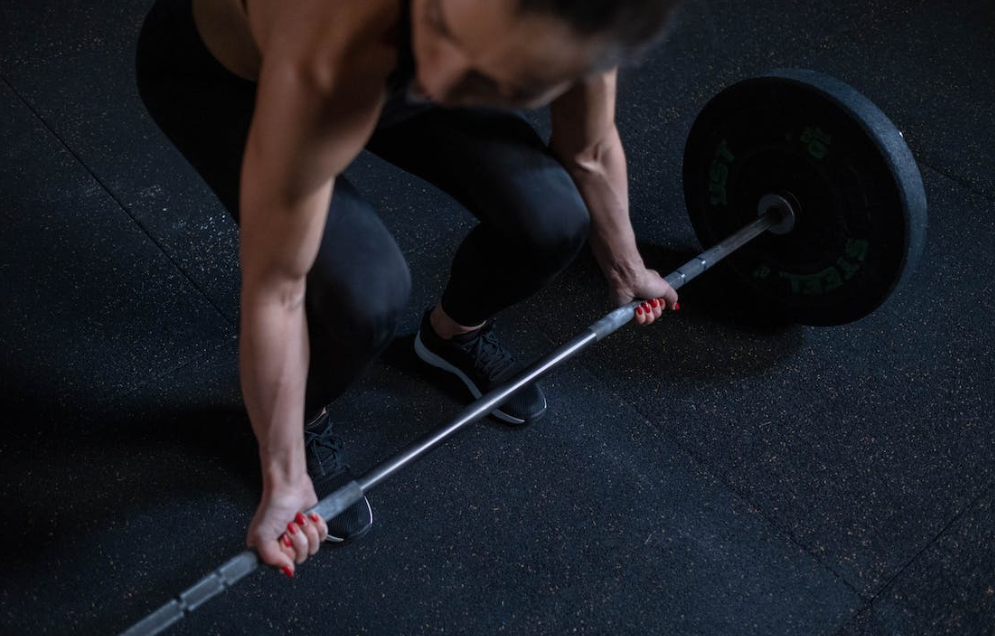
Long-term Sustainability of HIIT
Incorporating Rest and Recovery
Rest and recovery are integral components of any fitness routine, including HIIT. Allowing the body time to recover ensures that you can sustain a long-term commitment to this high-intensity training approach.
Preventing Workout Monotony
Keeping workouts engaging and varied prevents monotony and maintains motivation. Incorporating new exercises, formats, or settings can breathe fresh life into your HIIT routine.
Conclusion
In the realm of fitness, High-Intensity Interval Training stands out as a game-changer, offering a time-efficient approach to achieving remarkable results. By understanding the science, adhering to key principles, and incorporating HIIT into your routine, you unlock a powerful tool for a stronger, healthier you. Embrace the intensity, reap the rewards, and embark on a journey towards a fitter you with HIIT.


